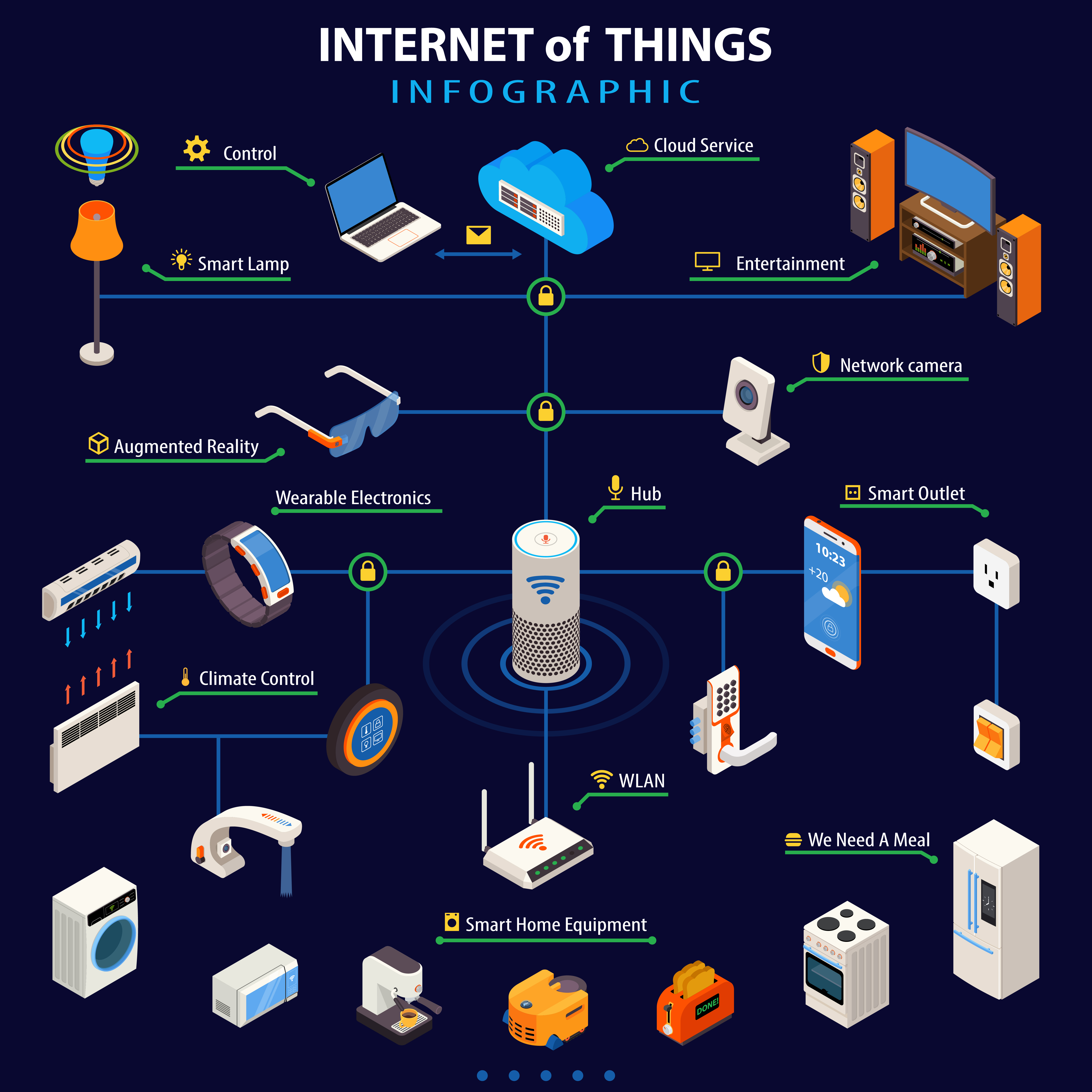
Navigating the Internet of Things with Design Patterns
The Internet of Things (IoT) has transformed the way we interact with everyday objects and the world around us. It has brought connectivity and intelligence to a wide range of devices, from smart thermostats to industrial sensors. However, as the IoT ecosystem continues to grow in complexity, developers and engineers are turning to IoT design patterns to streamline the development process, ensure scalability, and enhance security.
Understanding IoT Design Patterns
IoT design patterns are proven, reusable solutions to common challenges encountered when developing IoT solutions. These patterns help guide developers in creating robust, efficient, and scalable IoT systems. They draw from collective industry experience and best practices, making them invaluable tools for IoT project success.
The Importance of IoT Design Patterns
1. Accelerating Development: IoT design patterns accelerate the development of IoT solutions by providing pre-defined solutions to common problems. This allows developers to focus on building unique features and functionality.
2. Ensuring Scalability: As IoT networks grow, the need for scalability becomes critical. IoT design patterns offer guidance on how to design systems that can handle a growing number of devices and data without compromising performance.
3. Enhancing Security: IoT devices often handle sensitive data and can be vulnerable to security threats. Design patterns incorporate security measures to protect data and devices from potential attacks.
4. Improving Interoperability: IoT design patterns promote interoperability, enabling devices and systems from different manufacturers to work together seamlessly. This fosters a more unified and interconnected IoT ecosystem.
Common IoT Design Patterns
Let's explore some common IoT design patterns and their applications:
1. Sensor-Actuator Pattern
- Pattern: Connect sensors to actuators to enable real-time data collection and control.
- Application: Used in applications like smart home automation and industrial process control.
2. Edge Computing Pattern
- Pattern: Process data at the edge of the network (near the device) to reduce latency and conserve bandwidth.
- Application: Essential for real-time applications such as autonomous vehicles and remote monitoring.
3. Gateway Pattern
- Pattern: Employ gateway devices to bridge between different communication protocols used by IoT devices.
- Application: Helps devices with different communication standards communicate effectively.
4. Device Management Pattern
- Pattern: Implement device management to remotely update, monitor, and maintain IoT devices.
- Application: Crucial for ensuring devices are always up-to-date and secure.
5. Security Pattern
- Pattern: Incorporate security measures such as encryption, authentication, and access control to protect IoT devices and data.
- Application: Ensures the confidentiality and integrity of data in IoT networks.
Implementing IoT Design Patterns
To effectively implement IoT design patterns, consider the following steps:
1. Identify Your IoT Use Case: Clearly define the problem you're solving with IoT and understand the specific requirements.
2. Select Relevant Design Patterns: Choose the IoT design patterns that best fit your use case and objectives.
3. Device Selection: Choose the appropriate IoT devices and sensors based on your design patterns and use case.
4. Data Handling: Establish data collection, processing, and storage mechanisms in line with your design patterns.
5. Security Measures: Implement security measures to protect your IoT devices and data.
6. Testing and Iteration: Thoroughly test your IoT solution and iterate as needed to optimize performance and functionality.
7. Scaling: Ensure that your IoT solution is designed for scalability to accommodate future growth.
The Future of IoT Design Patterns
As the IoT landscape continues to evolve, new design patterns will emerge to address emerging challenges and opportunities. Design patterns will play a crucial role in enabling the growth of IoT in areas such as smart cities, healthcare, and agriculture.
In conclusion, IoT design patterns are indispensable tools for IoT developers and engineers. They provide a roadmap for creating scalable, secure, and efficient IoT solutions. With the right design patterns in place, developers can navigate the complexities of the IoT landscape with confidence, unlocking the full potential of connected devices and data.
Whether you're building a smart home ecosystem, optimizing industrial processes, or exploring the possibilities of IoT in healthcare, IoT design patterns are your trusted companions on the journey of innovation in the Internet of Things.
